Your guide to understanding how roll works on artificial turf.
The Physics of Golf
Physics. It influences everything we do, especially the popular game of golf.
Physics, the nature and properties of matter and energy: the striking of the ball, the ball’s trajectory when airborne, the initial bounce, and the roll out.
Ideally, the ground in the direction of the shot would be perfectly flat, perfectly uphill, or perfectly downhill would be perfectly flat, perfectly uphill, or perfectly downhill in the direction of the shot. This would make getting the ball into the hole a straightforward matter and hitting it straight.
Often, you’ll see that the ground is sloped. Now the ball’s path cannot be a straight path to enter the hole, meaning it’s a more difficult task. In this case, the ball has to follow a particular curved path to get into the hole. How much the ball has to curve to the right or left depends on the grade of the putting green’s slope and undulation.
Whether or not artificial grass or natural turf is chosen to your ideal backyard putting green, the physical attributes of the turf factor into the performance. Southwest Greens of Michigan utilizes a combination of commonly used golf course tests and proprietary playability testing.
A common test to measure ball roll is the stimpmeter test. Stimp testing calculates the distance a ball rolls on artificial turf in meters when released from a one-meter height. The ball-to-surface interaction of the grass is directly related to the distance the ball rolls.
The proprietary playability testing for roll provides an analysis of the consistency of outputs from a standard putting stroke. The test analyzes the initial bounce of the club face and the spin to roll transition.
Now let’s take a closer look at the items that impact how a golf ball reacts and rolls on a turf.
Green Characteristics
Product Construction: Plastics that are extruded and recycled and come in various combinations of constructions, colors, and lengths. Proper construction is vital in ensuring key putting green installation practices; construction will allow turf to be infilled and rolled. Properly rolled fibers will look and play like natural greens.
Pile Height: How thick and tall the grass blades are will provide varying frictions; having an effect on the speed and smoothness of the putt.
Fiber: Fiber composition will have a substantial effect on how a golf ball rolls throughout the putt. Fiber composition impacts friction and pile lay. How the turf lays will impact how the ball interacts with the surface.
Infill: Essential to the turf system, infill is composed of rounded washed silica. Infill provides ballast and helps drainage. How the infill is shaped is vital to performance; angles and edges create roll disruptions.
Aggregate Base: Stone is compacted creating challenging slopes and undulations; the result performs and drains like a championship golf course.
The magic in creating a Backyard Putting Green that performs like a Championship Golf Green utilizes the perfect raw materials with elite-proven-tested installation techniques. Very important when you are on the putting green aiming to gently hit the ball into the hole.
The Southwest Greens Difference
Southwest Greens has quantified key performance indicators. Because we have the understanding of what variables affect performance, we are able to mimic natural greens.
With Golden Bear Turf, you’ll enjoy smoother rolls that compare to playing on your favorite championship course. Scientifically tested and designed to replicate natural grass, from the initial bounce off the clubface... to the spin transition… to the smooth ball roll into the cup...
Golden Bear represents only the best! It’s the ideal backyard practice putting green offering the most realistic putting surfaces you can find on the market.
